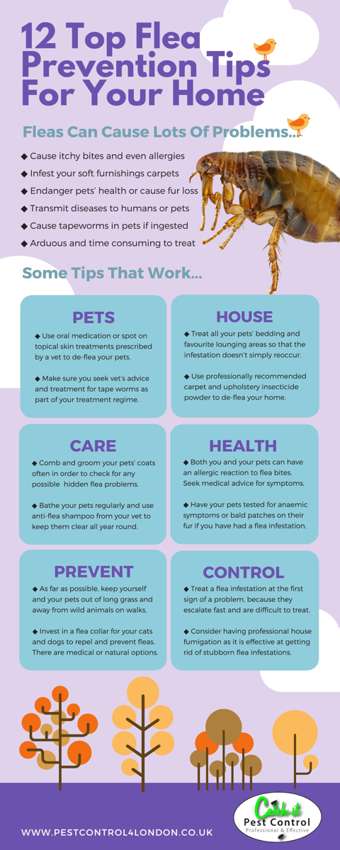Find Out Crucial Techniques To Secure Your Residence From Rats In The Attic Room
Find Out Crucial Techniques To Secure Your Residence From Rats In The Attic Room
Blog Article
Produced By-McNeill Park
Visualize your attic as a relaxing Airbnb for rodents, with insulation as cosy as hotel pillows and wiring extra tempting than room service. Now, think of these undesirable guests throwing a wild party in your home while you're away. As a home owner, guaranteeing your attic is rodent-proof is not almost comfort; it's about protecting your property and enjoyed ones. So, what easy actions can you require to secure your shelter from these fuzzy trespassers?
Check for Access Details
To start rodent-proofing your attic room, evaluate for entrance factors. Beginning by meticulously examining the outside of your home, searching for any type of openings that rats can make use of to access to your attic. Look for average cost to get rid of termites around energy lines, vents, and pipes, along with any splits or holes in the structure or siding. Make sure to pay attention to areas where different building products satisfy, as these prevail entrance points for rodents.
Furthermore, examine the roof covering for any harmed or missing tiles, as well as any kind of spaces around the sides where rodents could squeeze with. Inside the attic room, try to find indicators of existing rodent task such as droppings, chewed wires, or nesting materials. Utilize a flashlight to thoroughly check dark corners and hidden spaces.
Seal Cracks and Gaps
Inspect your attic thoroughly for any cracks and gaps that require to be sealed to avoid rats from entering. Rodents can squeeze via also the smallest openings, so it's essential to secure any prospective entry points. Check around pipes, vents, cable televisions, and where the wall surfaces meet the roofing system. Utilize a combination of steel woollen and caulking to seal off these openings efficiently. Steel woollen is a superb deterrent as rodents can not chew via it. Ensure that all voids are securely sealed to deny accessibility to unwanted insects.
Do not overlook simply click the next internet site of sealing spaces around doors and windows also. Use weather condition stripping or door sweeps to seal these locations successfully. Check the areas where utility lines get in the attic and seal them off utilizing a suitable sealant. By making the effort to secure all fractures and spaces in your attic room, you create a barrier that rodents will locate challenging to breach. Avoidance is type in rodent-proofing your attic, so be complete in your efforts to seal any kind of prospective entrance factors.
Eliminate Food Sources
Take proactive steps to remove or keep all potential food resources in your attic to prevent rats from infesting the room. Rats are drawn in to food, so removing their food sources is important in keeping them out of your attic.
Here's what you can do:
1. ** Shop food safely **: Stay clear of leaving any food things in the attic room. Shop all food in impermeable containers made from steel or sturdy plastic to prevent rodents from accessing them.
2. ** Clean up particles **: Get rid of any type of stacks of particles, such as old papers, cardboard boxes, or timber scraps, that rodents could utilize as nesting product or food sources. Maintain the attic clutter-free to make it less attractive to rats.
3. ** Dispose of garbage correctly **: If you use your attic for storage space and have rubbish or waste up there, see to it to throw away it regularly and correctly. Rotting garbage can bring in rats, so maintain the attic room clean and free of any organic waste.
Conclusion
In conclusion, bear in mind that an ounce of avoidance is worth an extra pound of cure when it comes to rodent-proofing your attic room.
By making the effort to check for entrance factors, seal splits and gaps, and eliminate food sources, you can keep unwanted pests at bay.
Keep in mind, 'An ounce of avoidance is worth an extra pound of remedy' - Benjamin Franklin.
Keep termites and protect your home from rodent invasions.
